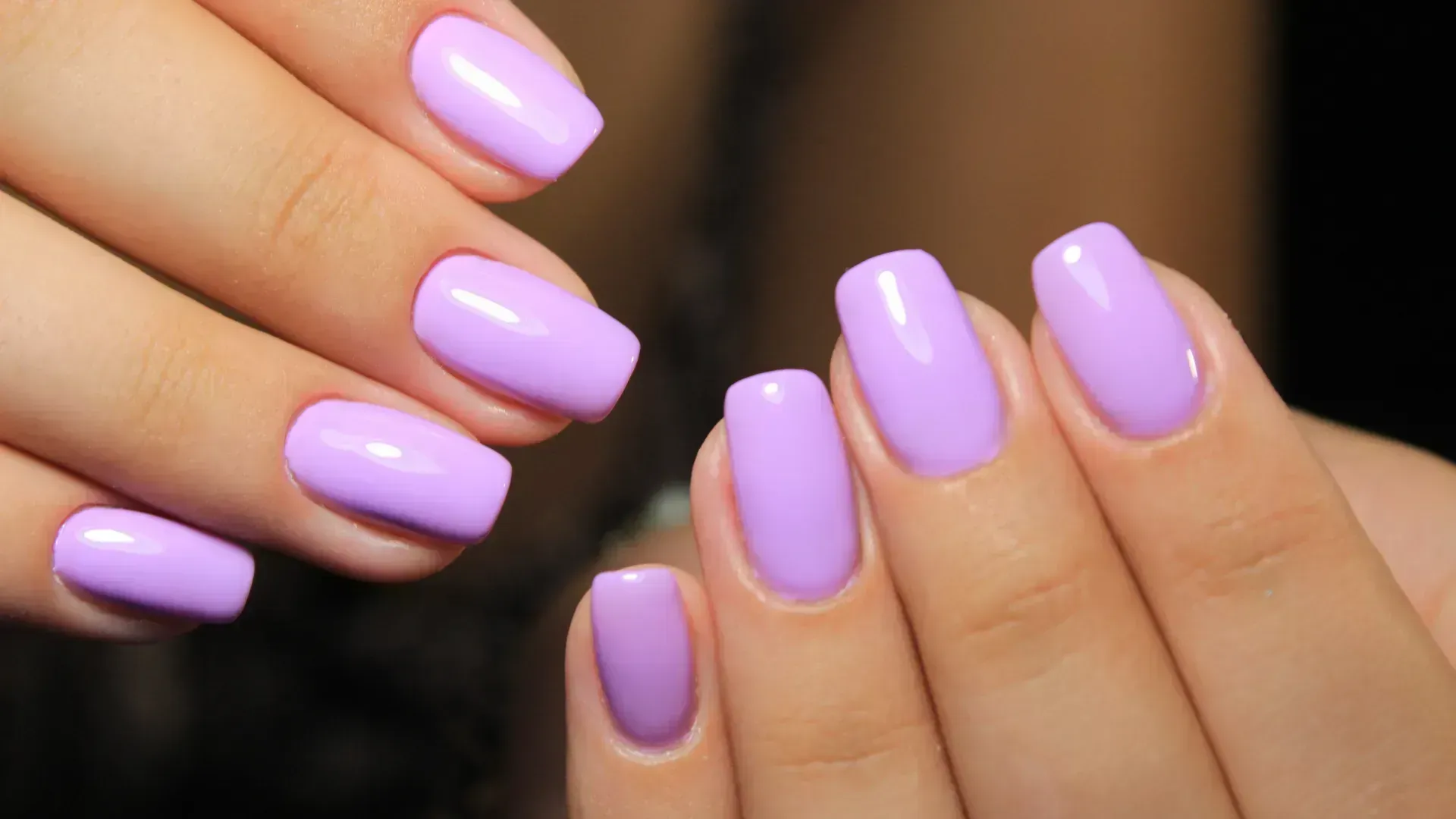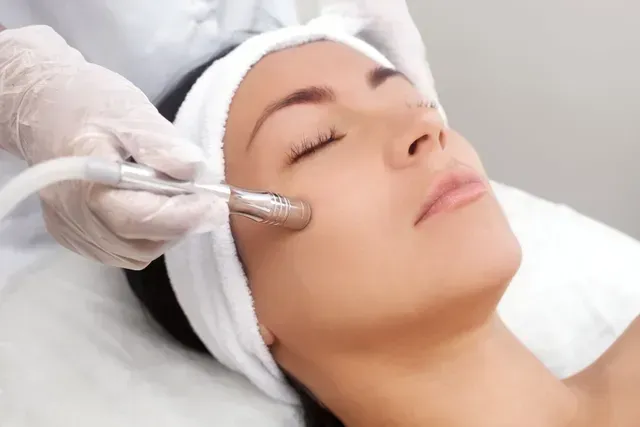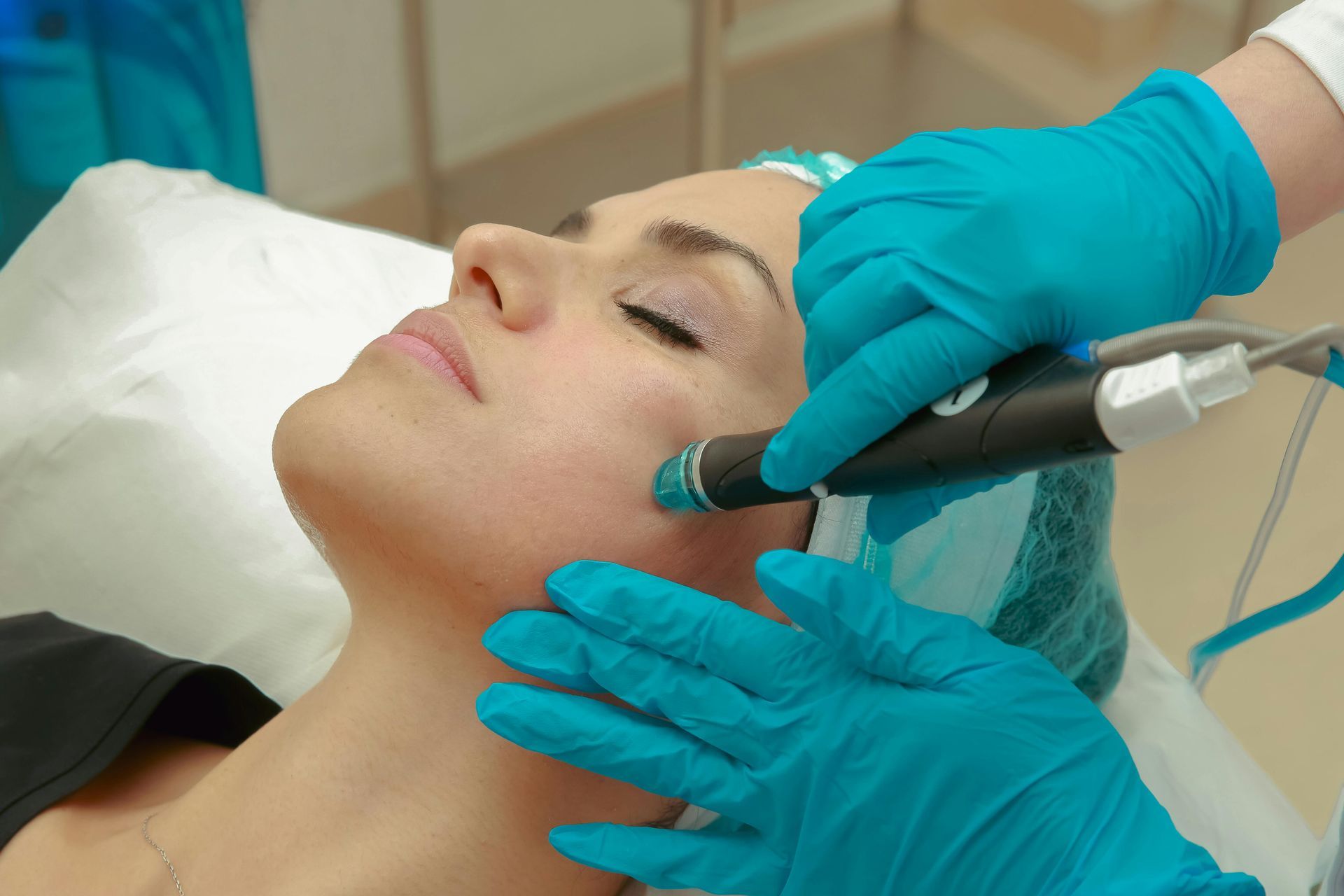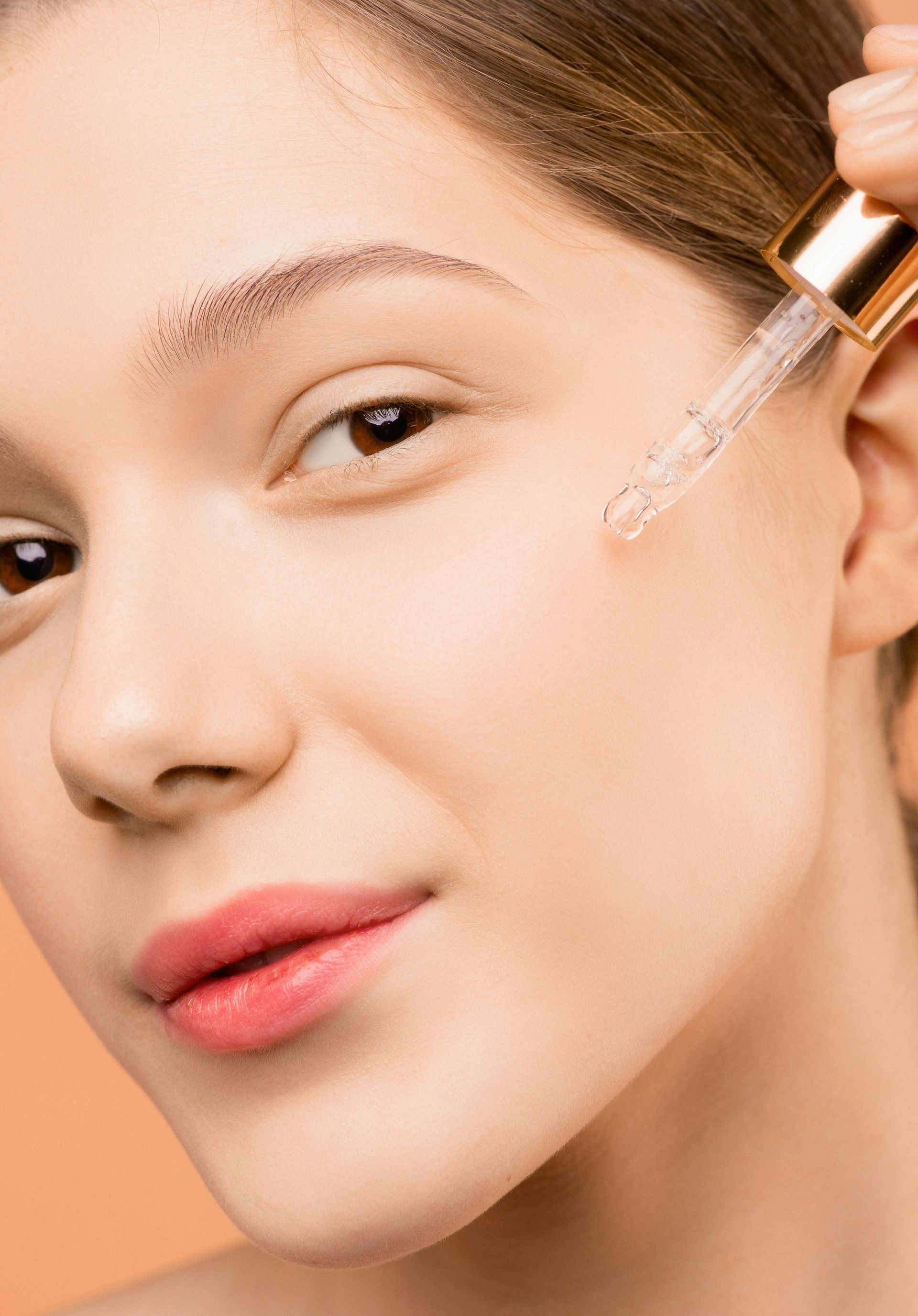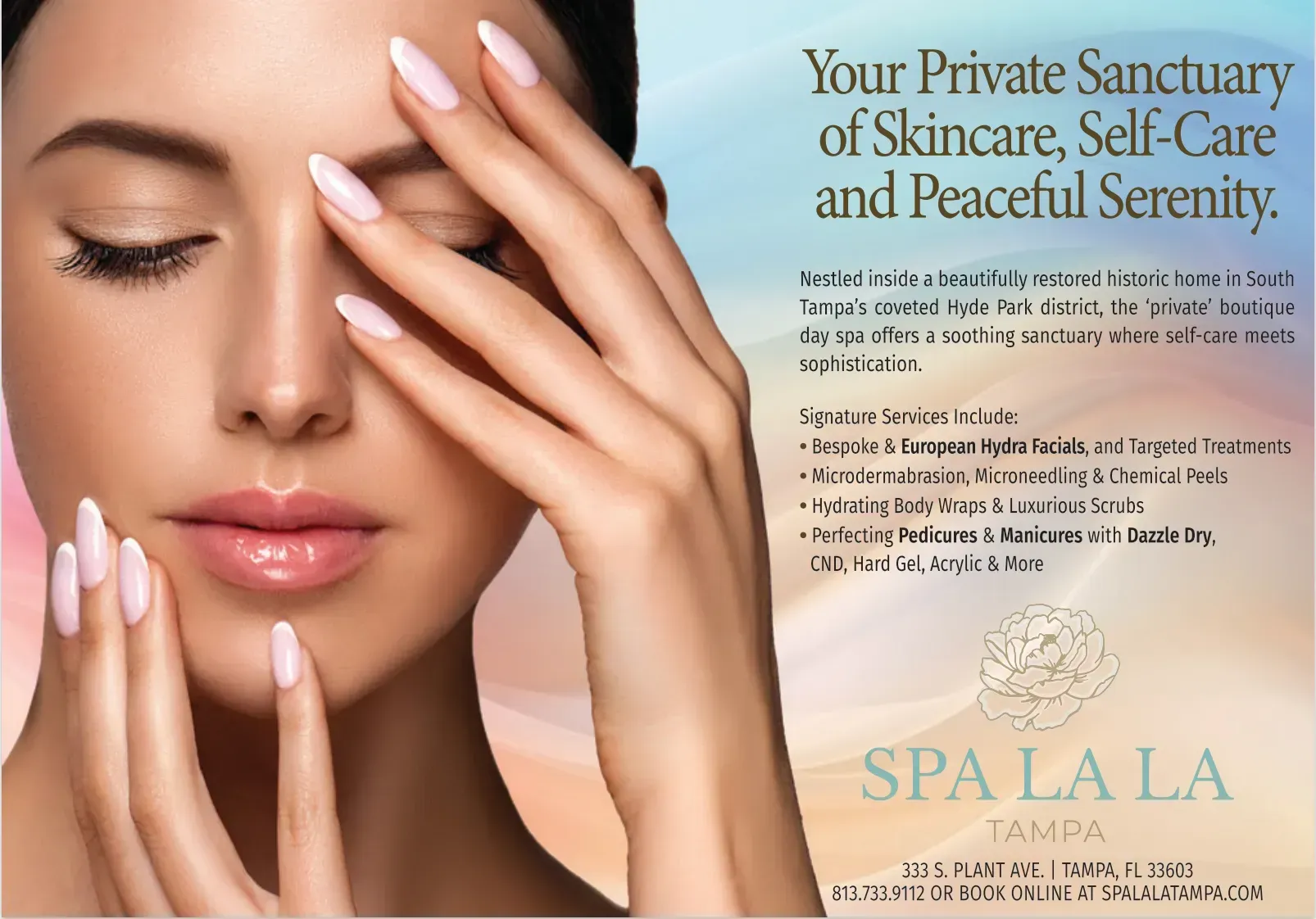Blog – Your Source for Skincare, Beauty, and Wellness Tips
Discover a curated collection of wellness insights, natural beauty tips, and holistic healing practices on the
Spa La La Tampa blog. From grounding techniques to organic skincare secrets, each post is designed to inspire self-care and rejuvenation. Dive in to elevate your well-being and embrace a more radiant, balanced lifestyle.


